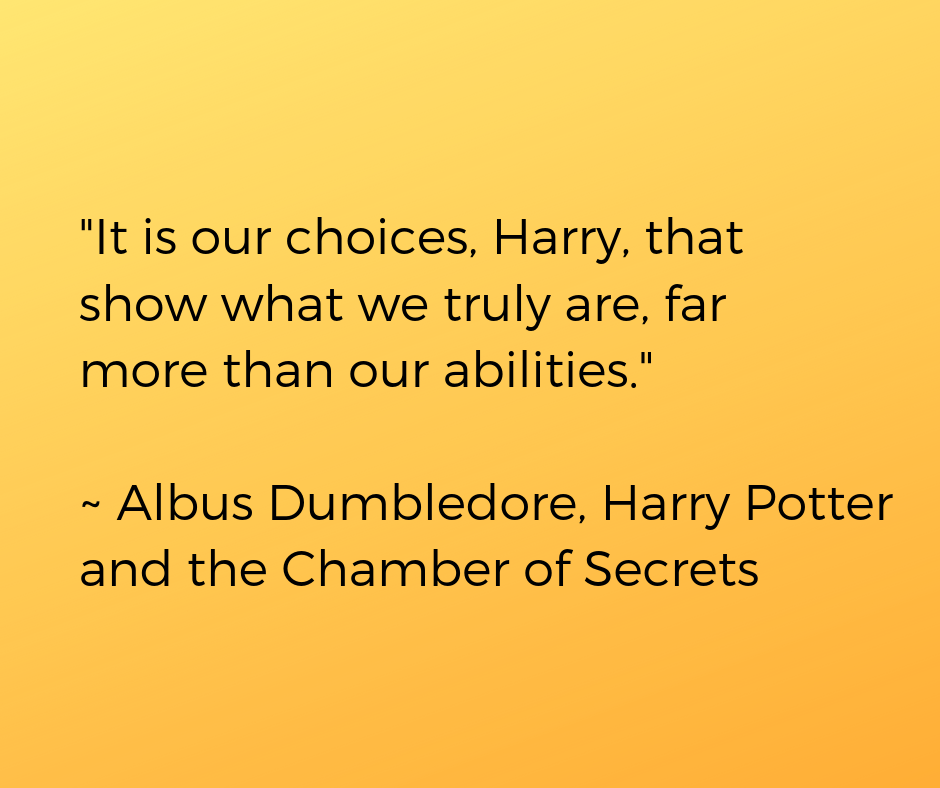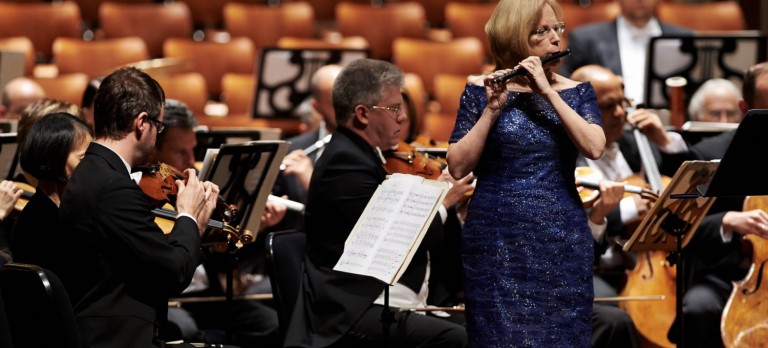As a body mapping instructor, I teach my students that they have choices to make in both their preparation and their performances. They know that they are responsible for making musical choices; for example, what tone color do I want to use here? What shape do I want this phrase to take? Musicians are also responsible for their movement choices. Every sound that they make is a result of some type of movement somewhere. Their job becomes a matter of finding the movement choice that supports their musical choice.
This only works, though, if the musicians understand that they have many different movements to chose from. When musicians aren’t taught where a specific movement comes from or how it’s executed, they don’t have many movement choices in their toolbox. They have given up their control over their choices and decision making without fully understanding what they’re missing. Most musical instruction does not include enough, if any, movement instruction and that is precisely what body mapping teachers address. The tag line for Andover Educators, the official body mapping organization is “Teaching the Art of Movement.”
In my teaching, I emphasize the global connections that are found throughout our bodies. Yes, there’s a reason that what you’re doing with your legs is having an effect on your breathing —- it’s called your psoas muscle. You have two, one on each side, and they connect the lumbar spine with the femur and also intersect with fibers of the diaphragm. Students learn that there are movement choices for leg movement that maximize breathing output and there movement choices that impede breathing movement. They can, then, choose the movement that supports their musical intention. Musicians will say that they practice the piano or the flute. In reality, they’re actually practicing their body - the movements that make the music possible. In theory, the physical instrument should be the same every time. Performance is a series of movement choices that occur in a specific pattern within a specific time frame.
Musicians also have choices to make when things aren’t going well and they’re experiencing pain or discomfort. Dr. Perry Nickelston of Stop Chasing Pain likes to say, “Pain is the body’s request for change.” Yet, many musicians keep playing until they absolutely can’t do it anymore and then seek help. This is a choice - not necessarily a good one, though. Wouldn’t it be better to get some help sooner rather than later? This is also a choice.
Within Neurokinetic Therapy, choice is also an important part of the process.
First, clients make a choice to get help to address some aspect of their movement that’s lacking. Maybe there is pain, maybe there is a restricted range of motion. When clients leave my office, they can choose to take responsibility for their own behavior and do the homework they need to teach their brain new movement patterns. People who choose not to do the work and put in the time, don’t improve. Again ... it’s a choice.
Sometimes, we make a poor choice and have to own the responsibility for that choice. When you know better, do better. If you don’t know that it’s even possible to chose something different, how can you make an intelligent choice? As with many things, I believe it comes down to education and remaining curious about different ways of moving or thinking. Despite the best intentions, sometimes people will still not engage. In the words of Rush, “If you chose not to decide, you still have made a choice.” My job is to help people discover movement options that, when implemented, can have a positive result. Ultimately though, this has nothing to do with me. My clients and students have to choose for themselves.

